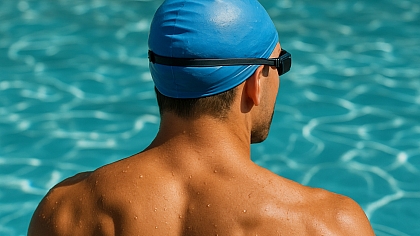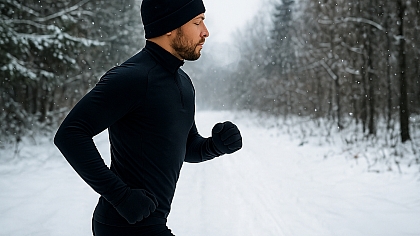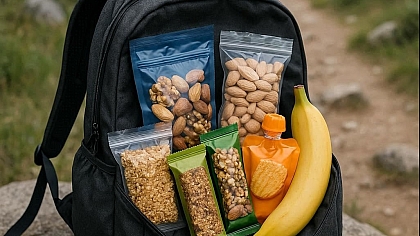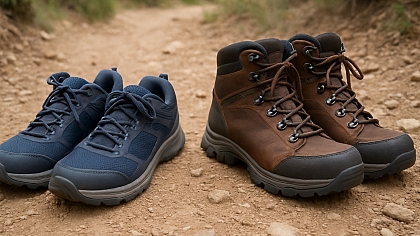
All You Need to Know About Warming Up and Cooling Down
Two essential things which are often overlooked regarding exercise are warming up and cooling down. Thought of as insignificant parts of a workout, ignoring a proper warm-up can lead to serious injury which causes you more loss than benefit. No pain, no gain, but be smart about it. Here are the proper ways to warm up, and cool down and also why they are essential to your fitness routine.
To help you understand the benefits of warming up and cooling down think of your muscles as elastic bands. They are cold and tight before a workout, gain tension during the workout, and then need to go back to their original shape after the workout during the cooling down process to avoid an injury that could put you out of action.
Why Should You Warm Up Before Exercise?
Muscles that are not used during the day tend to become cold and not very flexible, lifting weights while they are in this stage can lead to serious injury as the muscles are not prepared. They can be pulled out of shape and it can take days to recover.

In addition to this, research shows that the muscles receive less blood than the rest of the body at rest. Tight muscles need to be stretched before a workout but not through actual stretching however, static stretching can decrease your performance and should only be done in the cooling down process, but through a proper warm-up routine.
Working out without warming up will make you feel slow and sluggish, whatever kind of workout you're doing will feel more difficult as the body tries to get the tight muscles to function properly, a warm-up will combat this and make you feel energetic from the start. Warming up speeds up your heart rate and breathing while pumping blood to your muscles which is much needed for a beneficial workout.
How To Warm Up for a Work Out

If you need a break between your warm-up and your workout it means that you are warming up "too hard". A recommended normal warm-up lasts from five to 10 minutes and depends on what kind of workout you are planning to do. A simple jog will require a shorter warm-up to get the heart beating, you don't want to tire yourself out before you even start.
Many different exercises can be incorporated in a warm-up and it's entirely up to you what kind of routine you follow. Here are some common warm-up exercises:
Jumping Jacks
Jogging on the spot
Burpees
Push-ups
Squatting (bodyweight only)
Lunges
Hip circles
There's a big debate whether jumping without a rope is as effective as jumping with one, nevertheless, if you don't have a rope (which is a good investment to make) you can still jump without one as it's a great way to warm up.
Suppose you are finding it difficult to create your own workout routine or find your current workout inadequate. In that case, it's a good idea to download or print out an existing workout plan from the internet as there are many available. Just make sure that you select the right one to suit your abilities.
Last tip for warming up, if any of the above doesn't appeal to you then you can dance to your favourite song providing that all the dance moves get your heart pumping, there's no reason why you can't merge entertainment with your fitness routine. This might also increase your motivation and passion to stay fit.

Why Should You Cool Down After a Workout?
Cooling down allows the body to relax after a workout as the muscles will come under much tension during exercise and need the opportunity to cool down. Cooling down prevents dizziness and lightheadedness as the body loses a lot of energy during a workout.
Blood pooling can be an issue if the cooling down process is ignored, this is when the heart pumps blood to different parts of your body during a workout, and there isn't enough pressure for it to return which can lead to injury.
Cooling down is also a great time to reflect on the workout and how you can improve next time, maybe by adding more reps or the duration of the workout, which can help improve your overall performance.
How To Cool Down After Exercise
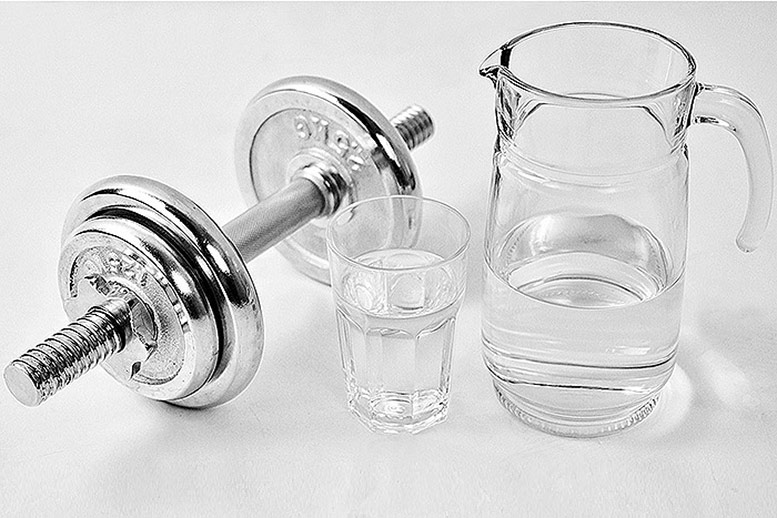
The best way to cool down is through deep breathing and stretching. You want to make sure that you have stretched all muscles used in the workout and can even do some yoga if that's your thing. Cooling down doesn't have to be difficult, remember it's called cooling down for a reason so this is the perfect time you can use to take it easy.
Meditation doesn't necessarily have to have spiritual connotations, you can use meditation as a way to cool down and increase your focus. It might not work for everybody, nevertheless, it's an interesting way to cool down after a tiring workout.
Muscles need time to stretch after they are contracted with tension and this is done in the cooling down process. Stretch the muscles that you used for that workout, for example, make sure you stretch your legs properly if it's leg day as it will release the tension gained during the workout (think of it like an elastic band that, if it "snaps" you could seriously harm yourself).
There you have it, warming up and cooling down, two very vital but much-neglected facets of fitness. Remember, it doesn't have to be a gruelling task, if you don't like what you're doing then there are so many ways to switch it up to suit your preference.





